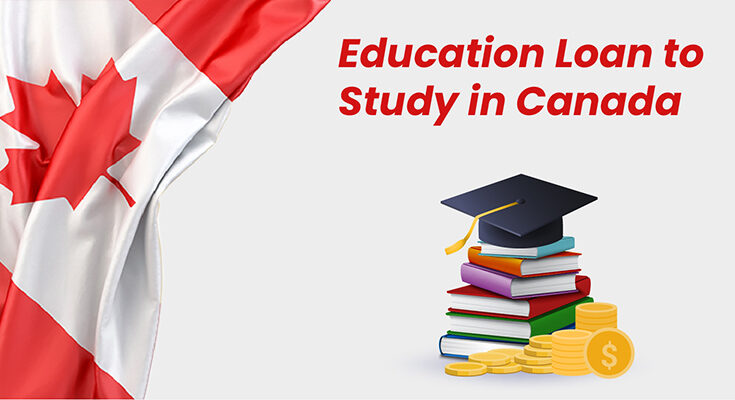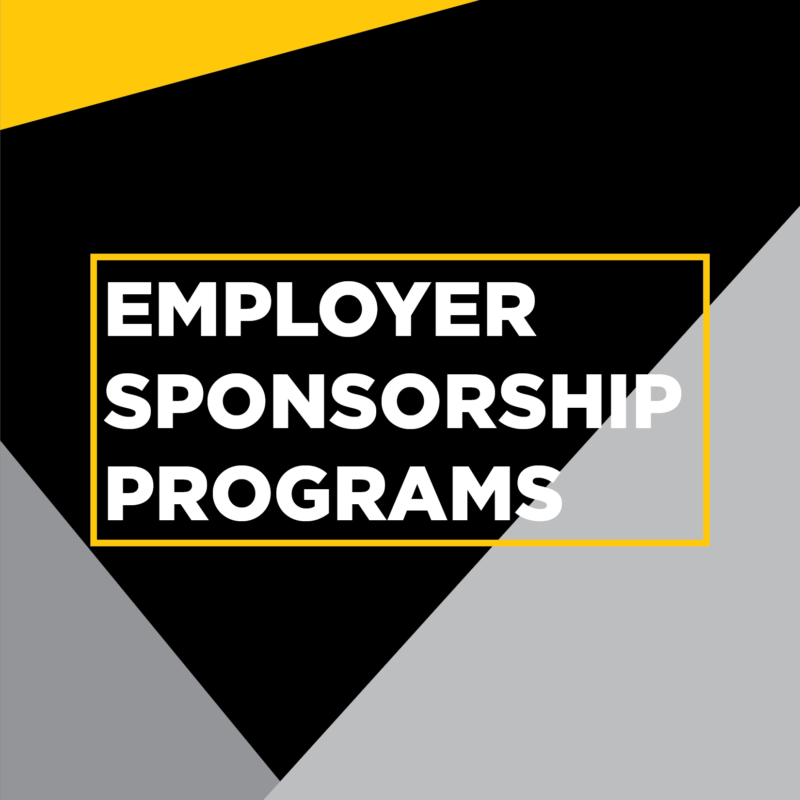How to Get a Study Loan for Canada

Introduction:
How to Get a Study Loan for Canada Dreaming of pursuing higher education in Canada? It’s an admirable ambition given Canada’s world-class universities and vibrant academic environment. However, the financial aspect can be daunting. But fear not, as there are numerous avenues available to secure study loans for Canada. In this comprehensive guide, we’ll delve into the various options and strategies to help you navigate the process smoothly.
Understanding Study Loans:
Before diving into the specifics, it’s crucial to understand what study loans entail. Essentially, a study loan is a financial assistance program designed to help students cover the costs associated with their education. These loans typically cover tuition fees, living expenses, textbooks, and other educational necessities. In return, students are required to repay the loan amount along with any accrued interest after completing their studies.
1. Research and Planning:

The first step in obtaining a study loan for Canada is thorough research and planning. Start by researching different loan providers, including banks, government agencies, and private organizations. Familiarize yourself with their eligibility criteria, interest rates, repayment terms, and application procedures. Create a list of potential lenders and compare their offerings to find the most suitable option for your needs.
2. Government-Sponsored Loans:
One of the most common sources of study funding is government-sponsored loans. In Canada, the federal government offers several loan programs to assist both domestic and international students. The Canada Student Loans Program (CSLP) provides financial assistance to eligible students based on their financial need. Additionally, provincial governments offer their own student loan programs with varying terms and conditions. Research the specific programs available in the province where you plan to study and determine your eligibility.
3. Private Loans and Financial Institutions:

If government-sponsored loans don’t fully cover your educational expenses, private loans from banks and financial institutions can fill the gap. Many banks offer specialized loan products tailored for students pursuing higher education. These loans could come with flexible repayment choices and competitive interest rates. However, it’s essential to carefully review the terms and conditions before committing to a private loan to ensure it aligns with your financial situation.
4. Scholarships and Grants:
In addition to loans, scholarships and grants are valuable sources of funding for students studying in Canada. Scholarships and grants are very popular types of financial aid because they do not need repayment, unlike loans. Research scholarship opportunities offered by universities, government agencies, non-profit organizations, and corporate sponsors. Be mindful of the requirements for eligibility, the dates for applications, and the paperwork needed. Securing scholarships can significantly reduce the amount of loan funding needed to finance your education.
5. Employer-Sponsored Programs:

Some employers offer tuition reimbursement or sponsorship programs to support employees’ educational pursuits. If you’re currently employed, inquire about any educational benefits or assistance programs your employer may offer. Employer-sponsored programs can help offset the cost of tuition and other expenses associated with studying in Canada.
6. Loan Application Process:
Once you’ve identified suitable loan options, it’s time to initiate the application process. Gather all necessary documentation, including proof of enrollment, financial statements, identification documents, and any other required paperwork. Follow the lender’s instructions carefully and submit your application before the deadline. If the lender asks for further details or clarity, be ready to supply them.
7. Managing Loan Repayment:

After securing a study loan for Canada, it’s crucial to manage your finances responsibly and plan for loan repayment. Create a budget to track your expenses and prioritize loan repayments once you complete your studies. Consider enrolling in a repayment assistance program if you encounter financial difficulties or unexpected circumstances that affect your ability to repay the loan. By staying organized and proactive, you can successfully manage your loan obligations and achieve your academic goals in Canada.
Conclusion:
Securing a study loan for Canada requires careful planning, research, and diligence. By exploring the various loan options available, including government-sponsored programs, private loans, scholarships, and employer-sponsored programs, you can access the financial assistance needed to pursue your educational aspirations. Remember to review the terms and conditions of each loan carefully and develop a repayment strategy to ensure financial stability in the long run. With determination and resourcefulness, you can make your dream of studying in Canada a reality.
